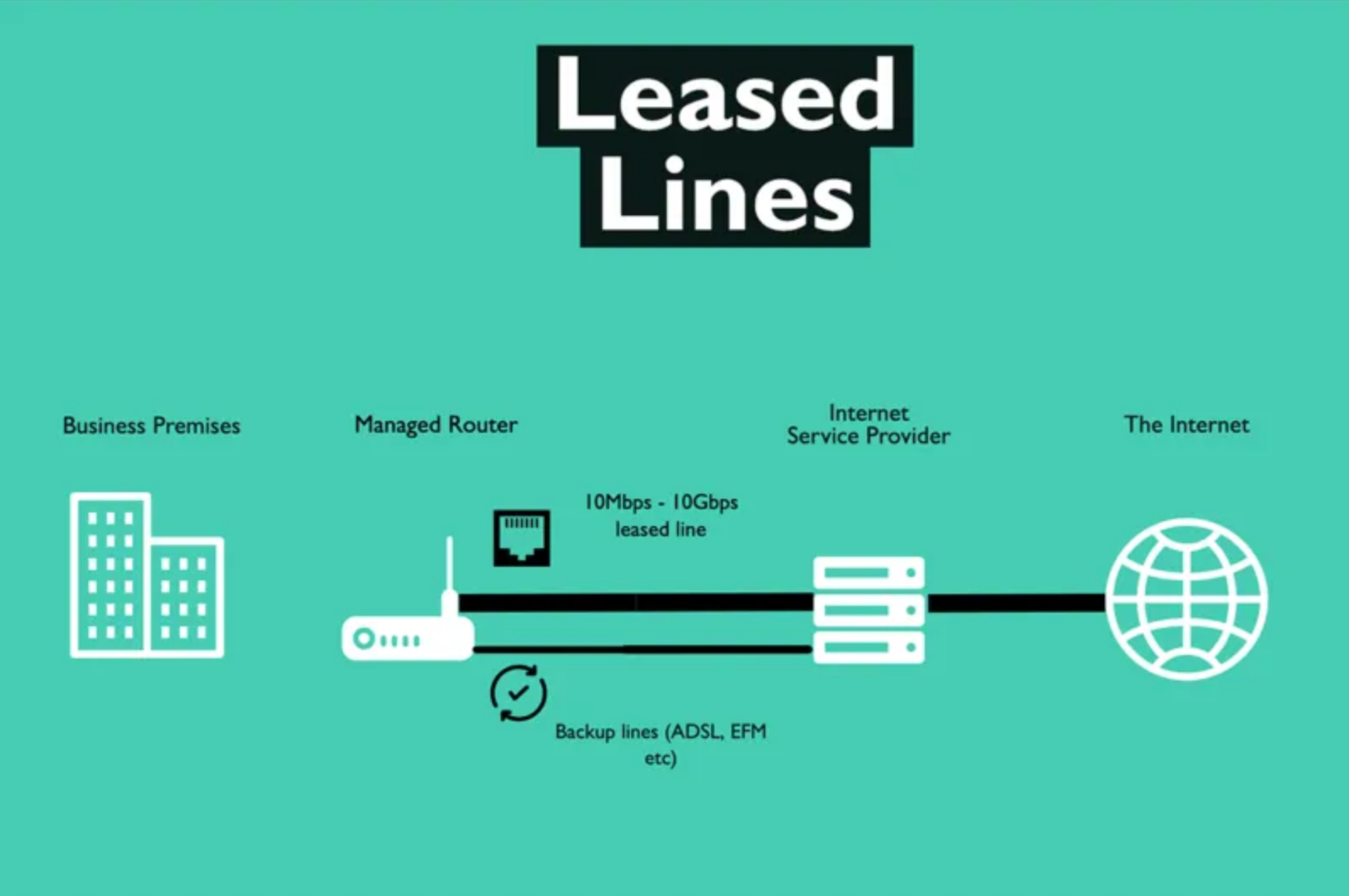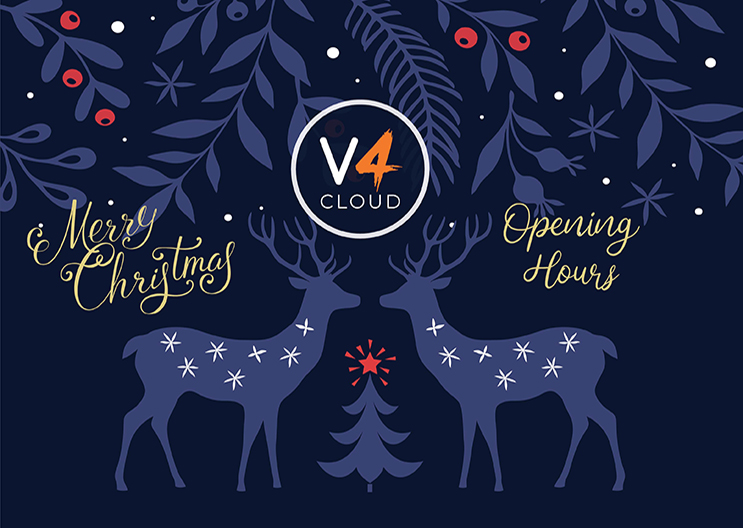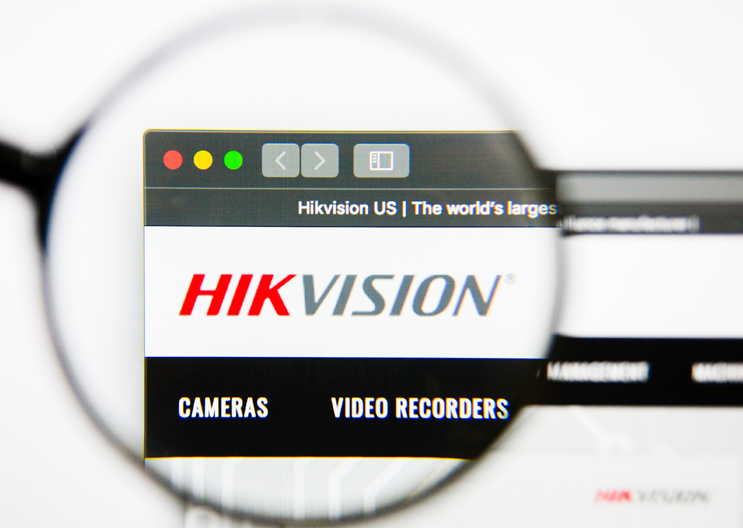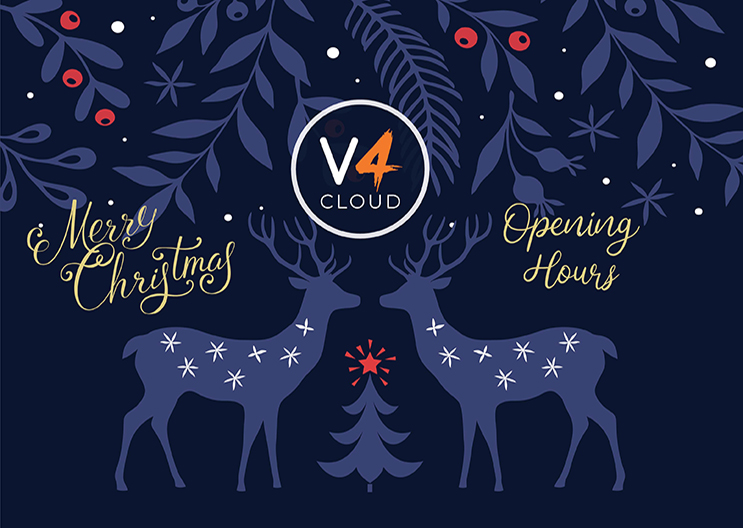
Deciding what failover is right for your business
Our world as we know has now an ever more dependence on internet, which means the need for an “always-on” internet service has never been greater. In this piece, V4 Cloud’s market & analytics team lays down the failover options businesses have as 100% uptime becomes the new norm.
Broadband Failover
If we go back in time by a decade or so, it was common practice for businesses to implement a broadband failover to support their leased line. Whilst it may not have been the ideal solution in terms of speeds, it allowed businesses to “get by” because there weren’t so many essential day to day needs in an office that were greatly dependent on internet connectivity.
With the modern-day office being more bandwidth-hungry, a broadband circuit as a failover may no longer be the best option a business puts in.
In order to decide if your business needs a more resilient failover connection, you need to evaluate just what your internet is doing. If it’s doing so much that it quickly drains the bandwidth provided with broadband, this may no longer be the solution for you.
Leased Line failover
Generally we would state that a leased line failover sounds like a great idea, because If your circuit goes down you have another one ready and waiting to kick in. However, you need to consider what could make your primary circuit go offline in the first place. An issue in the exchange? A fibre break somewhere along the line? A mass carrier outage?
All of these elements are going to affect the secondary circuit too, so the contingency plan you have in place actually turns into another support ticket to raise!
Carrier Resiliency
When using a network aggregator; you have the option of placing your failover line with a separate network operator which adds to the resiliency. Whilst it still may go back to the same exchange, it boasts extra resilience because it will be on a different network meaning that if one carrier has an outage, this will not affect the other provider. However, as much of the telecom industry shares infrastructure, there is no guarantee that carrier resiliency will be a failsafe option.
RAO2
RAO2 stands for Resilient Access Option 2. This means that two services that enter the same building, will reach the building via as diverse routes as possible. They will each terminate to a different exchange, and use different routes and ducting to reach the building. Occasionally, there may be “pinch points” where the circuits do “touch” each other, however, customers will be made aware of this to ensure they understand the risks associated.
For a “truly resilient” RAO2 circuit, a business should also have failover LAN equipment such as routers, switches, firewalls etc. to ensure there is no single point of failure anywhere on the network.
How does V4 Cloud take this one step further, you ask?
We know there is nothing more important in modern-day business than a working internet connection, and with our core network, we have built specific failover SLAs that seamlessly switch your traffic via diverse internet circuits to ensure they terminate in different parts of our network.






